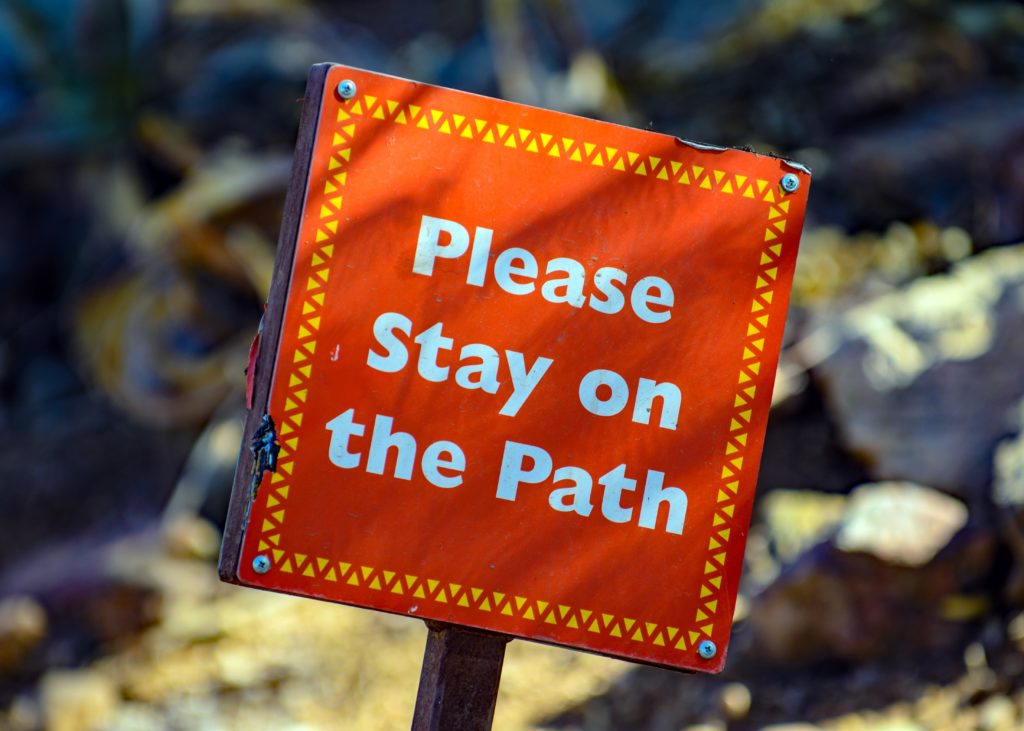
How often do you say “yes” and stick to it- especially when that is a “yes” as an appointment to yourself? Or maybe you say “no” I do not have time and yet you try to figure out how to move everything around to make something work for someone else? We can schedule time and say things are important – or are not important – but what we DO is what really matters. Do we say we are available when we have scheduled time for “deep work” on an important project? How do we stay true to our “yes” and “no”? How do we respectfully hold strong to what we have determined is important even when someone else has their “emergency” and really needs your help? Join me this week as I provide 3 recommendations on how to stay true to your “yes” and your “no.”
- Practice. One of the areas I have struggled the most with is saying “no” when I’ve scheduled time for myself to work on an important project or to spend time with someone important to me and someone asks me if I’m “available.” Historically, I have had a difficult time keeping that commitment and saying “no” I am not available, but I’ve gotten better because I’ve been practicing. Just like any new habit or ritual, it takes practice in order to make it a “normal” part of your weekly process and plan. When someone asks if I’m available or offers availability, I look at my schedule and I pause (if you missed the power of pausing post, check it out here). If my schedule shows time to work on an important project or spend time with an important person during that time, I now practice responding (fairly quickly before I start negotiating time in my head) with “I’m unavailable at this time, perhaps next Tuesday or Thursday?” (This links with my ideal week and my typical meeting days – click here for that post). I know it may seem really uncomfortable at first, but trust me, if you start to practice, it will start to become your new ritual and pattern and you will be SO much more satisfied at the end of your day and week because you were true to you!
- Do it first. One of the most successful strategies I’ve found in staying true to my “yes” is to spend time on the most important areas first. Before opening email, before scheduling meetings with others, spend at least 30 minutes to 1 hour (on non-meeting days) working on what is most important first. After making progress, then open email and check in with the rest of the world vying for your attention. It’s amazing how energizing and fulfilling it is to take care of what is most important to you first and then see what others may be asking of you!
- Delegate. Does it really need to be you? Do you really need to be the one attending the meeting or providing feedback on a particular document or resource? While people may be very used to you being the one to respond, to encourage and to provide support, it may not always need to be you. Is there someone else on your team who can represent your organization? Is there someone else who can take care of some of those tasks that you always do because you do it more quickly than anyone else? Consider one of Andy Stanley’s leadership principles, Do what only you can do. If someone else CAN do it, then work on training them (and others) that they will be able to do an excellent job and you don’t always need to provide your perspective or support on everything!
This is really difficult to do, but I know you CAN stay true to your “yes” and your “no.” Which of these are you going to do this week to stay true to you?
If you missed my Facebook Live on this post, check it out here!
If you or someone you know would like to stay up-to-date on my weekly blog posts, subscribe today!
Photo by Mark Duffel on Unsplash

